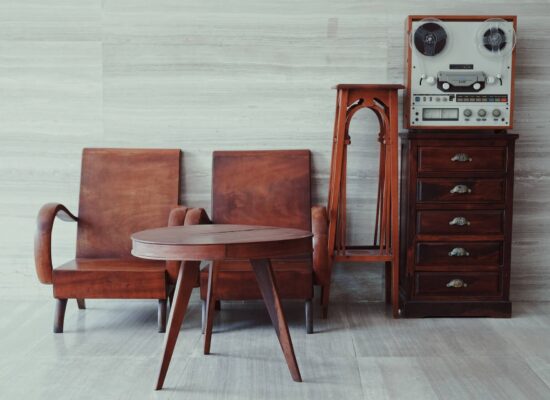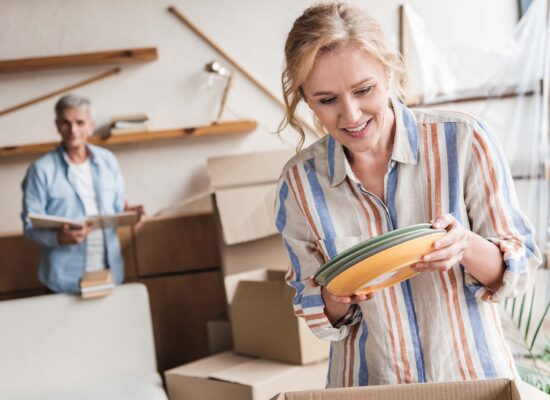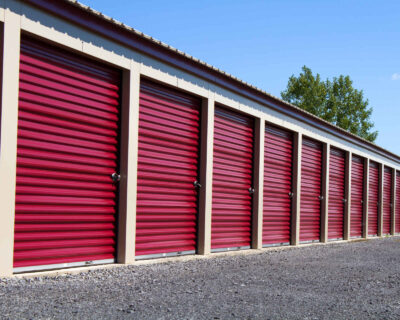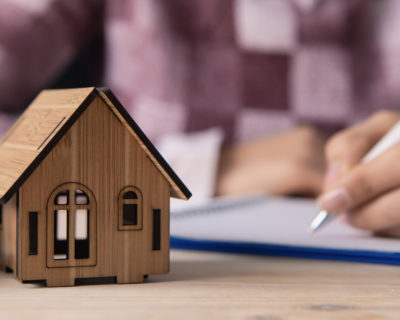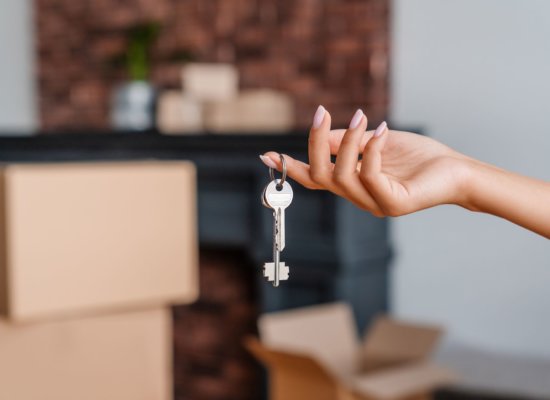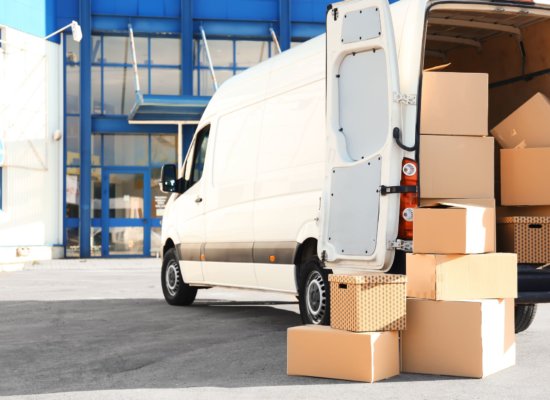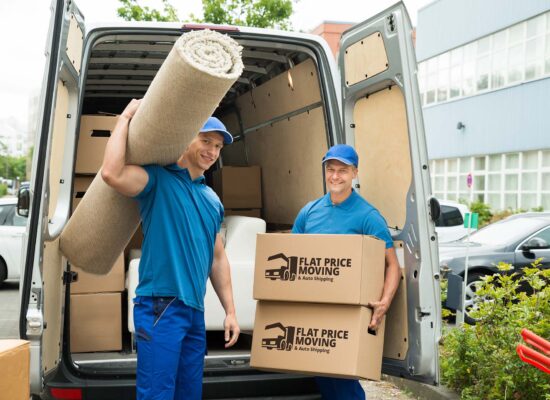Green Thumb Relocation – How to Pack Garden Furniture for Moving
Embracing a new chapter often means bringing a piece of the familiar into new surroundings, and for those with a passion for their outdoor oasis, knowing how to pack garden furniture for moving is crucial. This detailed guide will help garden enthusiasts looking to transition their cherished outdoor pieces smoothly and securely. From selecting the right packing materials to the intricacies of wrapping delicate wicker and securing bulky items for transport, we’ll cover it all.

How to Pack Garden Furniture for Moving
Preparing outdoor furnishings for cross-country moving involves thorough cleaning, essential maintenance, and strategic dismantling for transport. Choose protective packing materials for furniture carefully to shield against damage and moisture. Wrap and secure each piece, paying extra attention to delicate materials like wicker and metal to prevent warping or rust. When loading, ensure stability and prevent shifting. Upon arrival, inspect for any damage before reassembling and arranging in the new outdoor space, ready to make new memories.
Start by Preparing the Garden Furniture for the Move
Embarking on a move requires meticulous preparation, particularly when it comes to the outdoor oases. Preparing the garden furniture for relocation is a critical step that ensures the safety and preservation of those cherished pieces. This process begins with a thorough cleaning to eliminate dirt, debris, and any lurking pests, followed by necessary maintenance to repair minor damages and reinforce structural integrity.
For bulkier items, dismantling them into more manageable parts not only facilitates easier handling but also minimizes the risk of damage during transport. By taking the time to properly prepare each item, you ensure that outdoor furnishings arrive at the new home ready to create new memories in its fresh setting.
Cleaning and Maintenance Is the First Step when Moving Outdoor Furniture
The journey toward relocating outdoor furniture begins with a deep clean to ensure that dirt, debris, and potential pests are thoroughly removed. Start by brushing off any loose soil or leaves, and then wash the surfaces with a gentle soap solution. For wood furniture, use a wood cleaner to help maintain its finish and integrity.
Metal furnishings may require rust removal or treatment at this stage. After cleaning, inspect each piece for damage or wear. Conducting necessary repairs, such as tightening screws or replacing broken parts, is essential to avoid further damage during the cross-country relocation. This process not only preserves the furniture’s condition but also ensures that you’re not transferring pests or dirt.
Dismantling Makes for Easier Transport
Dismantling larger pieces of furniture, whenever possible, is a practical step toward facilitating a smoother and safer move. By breaking down items into more manageable components, you not only make them easier to pack efficiently but also minimize the risk of damage.
Removing legs from tables, disassembling chairs, or separating sections of larger outdoor sofas can significantly reduce their bulkiness and susceptibility to scratches or breaks. It’s crucial to keep all hardware, such as screws and bolts, in labeled bags so reassembly at the new home is straightforward. This preparation step not only protects furnishing but also optimizes space in the relocation truck, allowing for a more organized and efficient move.
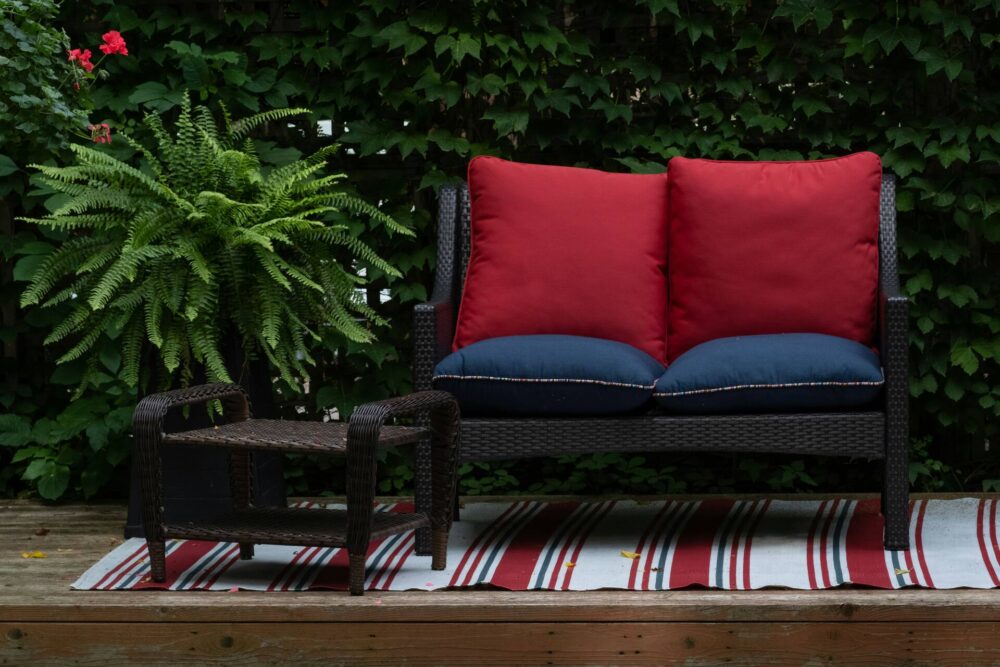
Choosing the Right Packing Materials Is Crucial for Optimal Protection
When it comes to relocating backyard furniture, selecting the appropriate packing materials is paramount to ensure that your items arrive at their new home in the same condition they left. Outdoor furnishings, often made from materials like wood, metal, rattan, or plastic, require specific types of protection. Here are all the protective materials you will need:
- Bubble wrap,
- Sturdy cardboard boxes,
- Plastic sheeting,
- Relocation blankets,
- Sofa covers,
- Waterproof covers for fragile items or those exposed to weather,
- Shrink wrap for extra moisture and dirt protection,
- Corrugated cardboard sheets for flatter surfaces to prevent scratches and dents.
How to Use Protective Wrapping and Covers
Protective wrapping plays a critical role in protecting furniture during a move. Begin by thoroughly wrapping each piece with bubble wrap, securing the material with tape to cushion against impacts. For larger items, such as tables and chairs, use relocation blankets that can wrap around the furniture to protect against scratches, dents, and dust.
Ensure that every nook and cranny is covered, especially for items with intricate designs or delicate parts. Use plastic covers for upholstered or cushioned pieces to shield against water damage and stains. Remember, the goal is to prevent any movement within the wrapping that could lead to damage, so be generous and meticulous with the wrapping efforts.
Securing Loose Parts and Accessories
Garden furniture often comes with additional parts and accessories, such as cushions, covers, and umbrellas, which require special attention during the packing process. To prevent loss or damage, remove all detachable parts and pack them separately. Use zip-lock bags for small components like bolts, nuts, and screws, and clearly label them to ensure easy reassembly.
For cushions and fabrics, vacuum-seal bags can reduce volume and provide protection from moisture and dirt. Tightly securing these loose parts not only makes packing more efficient but also simplifies the unpacking process, ensuring that nothing gets lost or overlooked. Remember to label each box and bag, detailing its contents and the piece it belongs to, facilitating a smooth and organized relocation.
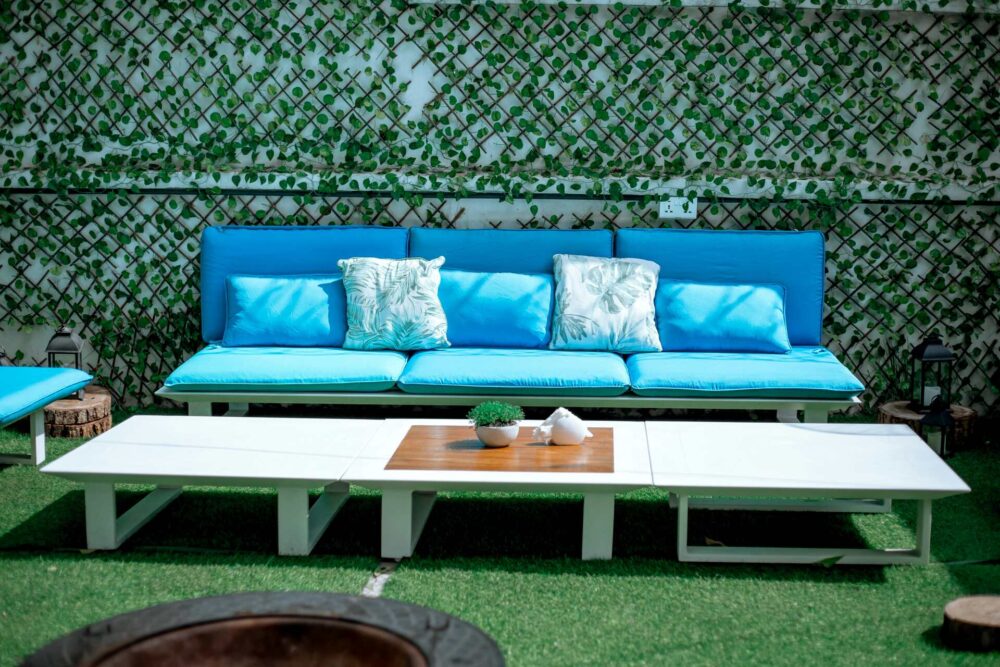
Packing Different Types of Garden Furniture
When it comes to relocating, backyard furniture can pose unique challenges due to the variety of materials and designs. The key to a successful relocation is understanding how to properly pack each type to protect it from damage during transit. Different materials require different packing strategies to ensure they arrive at their destination in pristine condition.
How to Deal With Wooden and Metal Furniture
Wooden and metal furniture are staples in many gardens, but both materials have vulnerabilities that must be addressed when moving. For wooden furniture, the primary concern is preventing moisture absorption, which can lead to warping or rot.
Start by applying a layer of furnishing polish or wax to add a protective barrier against moisture. Then, wrap each piece in breathable fabric or relocation blankets before adding a layer of plastic wrap or shrink wrap to keep moisture out without trapping it against the wood.
Metal furnishings, while durable, are susceptible to scratches and, more importantly, rust if exposed to moisture. To protect metal pieces, thoroughly clean and dry them, paying special attention to any crevices where moisture could hide. Then, apply a coat of rust protector.
Wrap metal pieces in relocation blankets, securing the blankets with tape but ensuring the tape doesn’t directly touch the furniture’s surface to avoid leaving residue. For added protection against moisture, cover the wrapped furnishing with a layer of plastic sheeting, particularly if you’re moving in damp conditions.
Rattan and Wicker Furniture Require Special Attention
Rattan and wicker furnishings, known for their intricate weaves and lightweight, bring a unique aesthetic to any backyard. However, their delicate nature means they require careful handling to avoid bending, warping, or breaking the fibers. To pack rattan and wicker furniture, start by cleaning the surfaces with a soft brush or cloth to remove any debris. Avoid using water or liquid cleaners, as moisture can weaken the fibers.
For protection, wrap the pieces in soft, thin blankets or sheets to maintain the shape without putting too much pressure on the material. Use bubble wrap for additional cushioning, focusing on areas that are particularly vulnerable, such as arms, legs, and backs. Secure the wrapping with packing tape, making sure it doesn’t directly adhere to the surface. Avoid stacking heavy boxes or items on top of rattan and wicker furniture during the move, as the weight can deform the shapes and damage the weave.
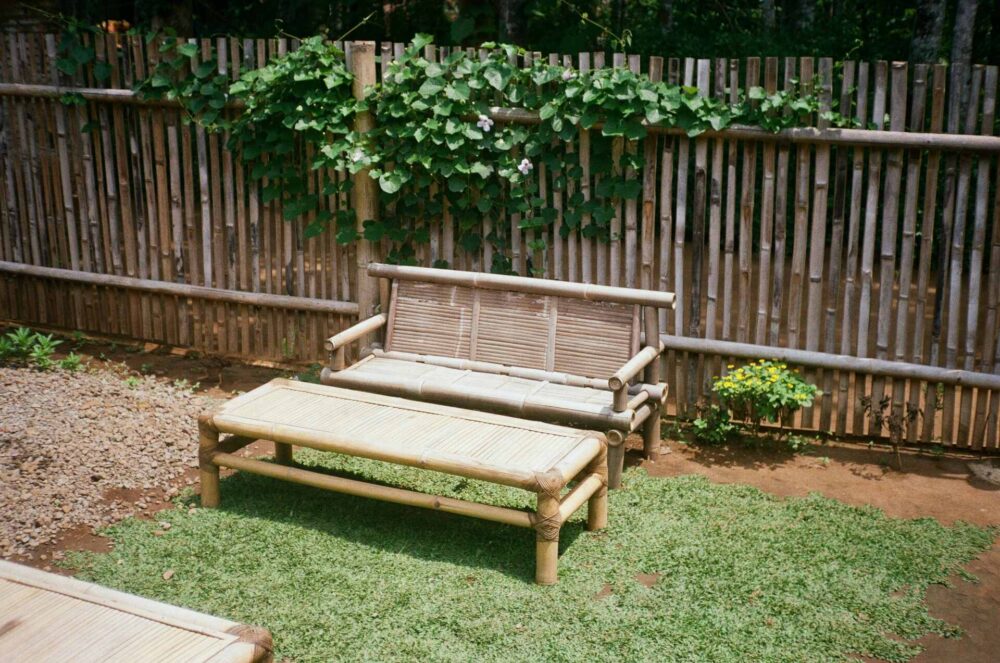
Special Packing Tips for Garden Accessories
Outdoor accessories, ranging from planters and pots to decorative items and tools, add character and functionality to outdoor spaces. Packing these items requires careful planning and execution to ensure they survive the move without damage.
Packing Planters and Pots
When packing planters and pots, consider the size and durability of each. Small or medium-sized planters can often be moved in their containers if you secure the soil with plastic wrap to prevent spillage.
For larger planters or fragile pots, it’s safer to transport the planter in a temporary plastic container to reduce the risk of breakage. Wrap ceramic or terracotta pots with bubble wrap and place them in cushioned boxes, ensuring they’re well-supported and labeled as fragile to avoid damage during the relocation.
Handling Outdoor Decor and Tools
For transporting garden decor such as statues and wind chimes, wrap each piece individually in bubble wrap and place them in a box with sufficient padding to prevent shifting and damage. With backyard tools, especially sharp ones like pruners and shovels, clean off any dirt and wrap the sharp edges in bubble wrap or cloth, securing them with tape. Bundle long-handled tools together and pack them in a way that minimizes the risk of injury when unpacking.
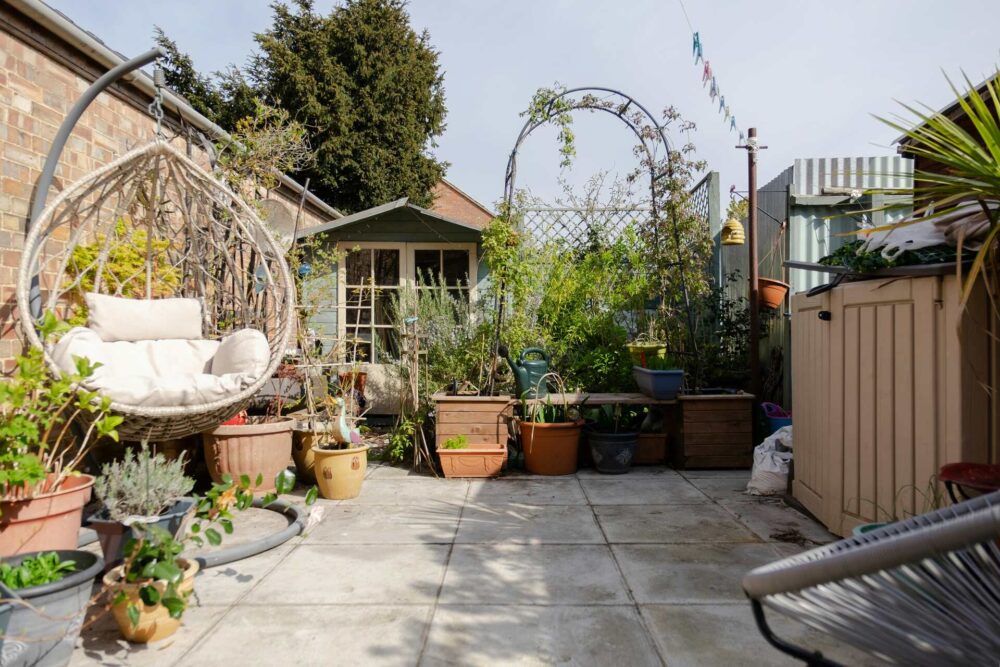
Loading and Transporting Garden Furniture
The successful relocation of garden furniture not only depends on proper packing but also on careful loading and transporting. The goal is to ensure that each piece arrives at its destination without damage, a challenge that requires strategic planning and execution during the loading process.
Stacking and Securing Furniture in the Moving Truck
Load heavy and sturdy pieces like sofas first, placing them against the truck’s walls to serve as a foundation. Lightweight items can then be carefully stacked on top, with all pieces wrapped for protection. Utilize straps to anchor the furniture, preventing any movement that could cause damage during transit. Distributing the weight evenly across the truck floor is essential to avoid shifting that might result in damage to the furnishings or the vehicle.
Auto-Transport
If your first concern is having your vehicle transported safely and efficiently, enclose shipping is the way to go.
Read moreStorage Service
Knowing what kind of surprises cross country move may hold, we offer 30 day free storage for belongings at the origin state.
Read moreMoving Insurance
Flat Price Moving and Auto Transport Company offers moving insurance to cover potential damages
Read moreConsiderations for Long-Distance Moves
For long-distance relocations, be mindful of the impact of climate conditions on different materials. Wood may expand or contract, and metal could rust in a damp environment. Protect the furniture with moisture-resistant wraps and consider climate-controlled storage for sensitive items.
Plan the move according to the season to mitigate risks associated with extreme temperatures. Regular checks during the relocation can help you address any environmental impacts promptly. And of course, you can always hire a long-distance moving company that has experience in these kinds of moves.
Their professional packing services of cross-country movers and climate-controlled conditions can ensure furnishing arrives undamaged at the new home. Beyond regular household items, a reliable car shipping company such as Flat Price Auto Transport and Moving can also safely relocate your vehicle. Just make sure the auto transport company is legitimate, which you can check on sites like the Better Business Bureau.
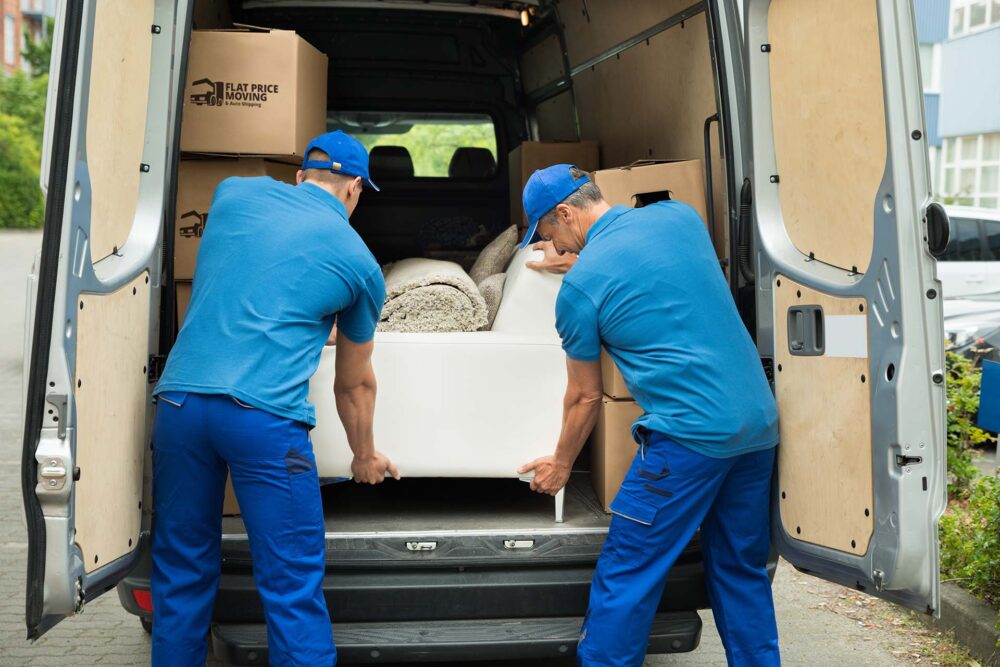
Last Step – Unpacking and Setting Up at the New Home
After the move, take the time to properly unpack and set up the garden furniture. That can make the new backyard haven feel like home.
Inspecting for Damage
Upon arrival, inspect each piece of backyard furniture for potential damage. Start by removing all protective wrapping and look for any scratches, dents, or structural issues that may have occurred during transit. Check the condition of all moving parts and joints, especially in foldable items. Document any damage with photos, as these can be important for insurance claims or follow-up with the relocation company.
Reassembling and Arranging the Garden Furniture to Your Liking
Reassembling the garden furniture offers a fresh opportunity to rethink the outdoor layout. Begin by positioning larger pieces, like tables and large sofas, to define the space. Consider the flow of movement and how the area will be used, whether for dining, lounging, or entertaining. Use this time to experiment with different arrangements that might enhance the enjoyment of the space. Finally, add smaller items and personal touches to create an inviting and comfortable outdoor environment.

From Old Roots to New Blooms – Perfectly Transplanted Garden Spaces
Moving garden furniture and accessories involves hard work and attention to detail. Embrace this opportunity to refresh the outdoor area, making it a perfect backdrop for making new memories. With careful planning and execution, garden furniture and accessories will continue to bring joy and comfort in your new home.
It’s a tough task, so it may be best to hire professional long-distance movers if you’re not up for it. Contact us at Flat Price Auto Transport and Moving, and our expert long-distance moving services will ensure you end up with the outdoor oasis you’ve always wanted.
FAQ
How Do I Protect My Garden Furnishings From Damage During a Move?
Clean and apply protective coatings if applicable, wrap with bubble wrap or moving blankets, and secure with straps in the moving truck.
Can I Move My Plants in Their Pots, or Should I Transplant Them?
Small or robust plants can be moved in their pots, secured with plastic wrap. Delicate or large plants should be temporarily transplanted to plastic containers. Remember, though, that you’ll have to carry plants by yourself since movers usually don’t accept them.
What’s the Best Way to Pack Delicate Wicker Pieces?
Clean gently, wrap with soft packing material or bubble wrap, and avoid stacking heavy items on top during the move.
How Should I Secure Outdoor Furnishing in a Moving Truck?
Place heavier items at the bottom and lighter items on top, use moving straps to anchor furniture to the truck walls, and distribute weight evenly.
What Should I Do if My Outdoor Furnishing Gets Damaged During the Move?
Document the damage with photos, report it to the moving company immediately, and check if the moving insurance covers the damage for potential compensation.
